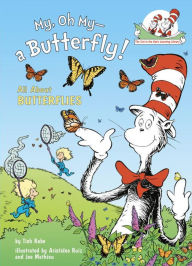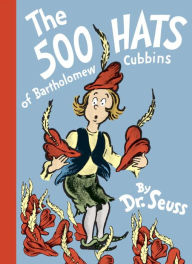In this latest installation of the Cat in the Hat's Learning Library, the Cat takes Sally and Dick to explore different kinds of deserts around the world, from the hot, dry Sonoran and Mojavi to the bitter cold Gobi and Antarctica. Young readers learn why deserts are dry, and how plants and animals—including cactus, kangaroos, camels, penguins, roadrunners, and many others—have adapted to survive the unforgiving climate. Also included: how sand dunes are formed; the reason we see mirages, and how shallow water beneath the surface of the ground can create an oasis. Fans of the new PBS preschool science show The Cat in the Hat Knows a Lot About That! (which is based on the Learning Library series) won't want to miss this hot new addition to the series!
Children's Literature - Kathy Leggett
The Cat in the Hat knows a lot about deserts. A desert appears to be a barren place at first glance, but when you look close-up, oh the things you can see. Written in the true form of the rhythm and rhyme of the beloved Dr. Seuss, facts about desert ecology are twisted around the tongue and thrown out for readers to soak up and enjoy. Traveling across the world to the desert Namib, the Sahara, the Mojave and the Gobi the Cat in the Hat explains how these deserts are indeed full of life and how the animals and plants that live in these desert habitats must adapt to survive in such harsh climates. Who would know that the mesquite tree has roots that reach down for forty feet to find water? Much to my surprise, not all deserts are dusty and dry. Antarctica is also considered a desert, the largest one of all—one that is covered with snow and ice and where no people live. Vocabulary words are highlighted and explained as they appear in the text to assist with the understanding. A glossary at the end allows for additional explanation. Learning real facts at one point may have been boring, but with the Dr. Seuss Learning Library facts are now presented in a lively entertaining format that holds the readers' attention while making explanations that are factual yet easy to understand. The "Cat and the Hat Learning Library" is now made up of 25 different titles, ranging in topics from butterflies to bugs, to mammals to space travel. Anyone who wishes to learn facts that are fun can do so with a little help from the Cat in the Hat. Reviewer: Kathy Leggett


















